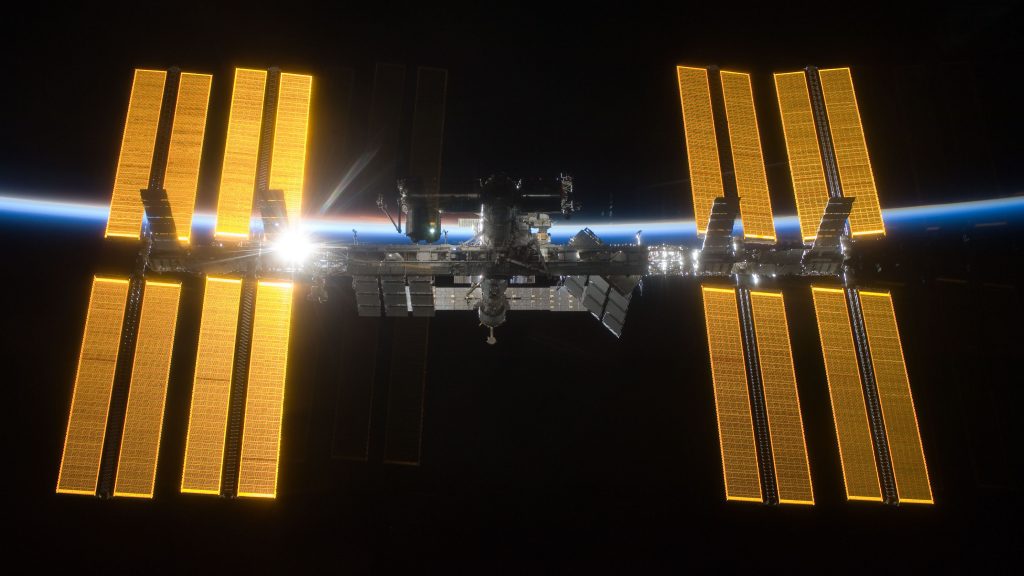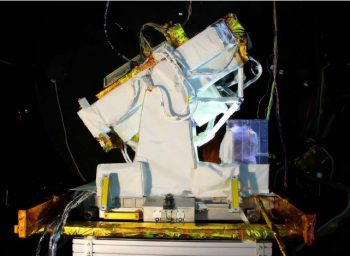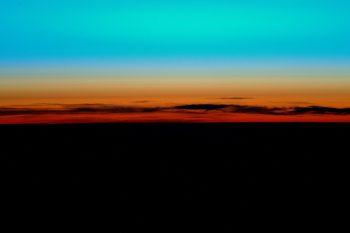On the International Space Station, one facility is observing the Sun bolted from outside Europe’s Columbus laboratory. We asked the teams to explain their experiment:
What is SolACES?
SolACES (SOLAR Auto-Calibrating EUV/UV Spectrophotoneter) almost continuously monitors the Extreme UltraViolet (EUV) radiation from the Sun between 16 and 220 nm, from the International Space Station. It was launched as part of the SOLAR platform on the Columbus space laboratory in February 2008. Originally designed for an 18-month mission, SolACES has been extended twice, now until the end of 2016. The SolACES device is equipped with four ‘grazing incidence planar grating’ spectrometers and two triple-signal ionization chambers, each with exchangeable bandpass filters.
What does it do?
The main goal of SolACES is to observe the absolute (spectral) irradiance of the Sun in the extreme ultraviolet range and its change over time. The spectral resolution of the measurements are between 0.5 and 2 nm depending on the wavelength.
SolACES is a pioneer in space engineering as it has an auto-calibrating feature which it achieves with the ionization chambers. Ionization chamber measurements can be conducted daily and compensate for inevitable degradation of the instrument as it is subjected to the harsh conditions in space. The ionization measurements allow for an absolute radiometric accuracy of measured extreme ultraviolet fluxes of 10% and better.
How does it do it?
During the 90-minute orbit of the International Space Station, the SOLAR platform can focus on the Sun for up to 20 minutes, seven times a day. On each orbit SolACES can perform a spectrometer measurement or a calibration measurement, yielding an average of two spectra a day. Due to the angle of the International Space Station the Sun is not visible to the SOLAR platform every day, so we usually get around 10 measuring days a month.
SolACES has taken more than 1200 measurements from the beginning of the mission when the Sun was at minimum activity, until now, just passing the solar maximum. We measured changes of up to 200% between the solar minimum and maximum.
Why do we do it?
Measuring the solar extreme ultraviolet flux is a great way to quantify solar activity, which is important as the Sun has a large impact on Earth’s upper atmosphere especially the solar extreme ultraviolet.





Discussion: no comments